5 Spicy Secrets Behind Popular Mexican Spice Traditions (You Won’t Believe #3)
Welcome, fellow spice enthusiasts! Whether you're drooling over tacos al pastor or marveling at the complexity of mole poblano, one thing is clear: Mexican cuisine wouldn't be the same without its vibrant spice game. In this article, we’ll take a deep dive into Global Spice Traditions, with a special focus on the popular mexican spices that make your taste buds sing.
We’ve got five juicy secrets, some handy pro-tips, and a few unexpected truths that even seasoned cooks might miss. Let’s turn up the heat!
Table of Contents
- Why Cumin Is Mexico’s Best Kept Secret
- The Smoky Magic of Chipotle & Guajillo Peppers
- Cinnamon: The Sweet Surprise in Your Taco?
- How Ancho Chiles Add Depth to Any Dish
- Mole: The Symphony of Spices You Need to Try
- Pro Tips for Using Mexican Spices Like a Pro
- Spice Comparison Table: From Mild to Wild
- Final Thoughts
Why Cumin Is Mexico’s Best Kept Secret
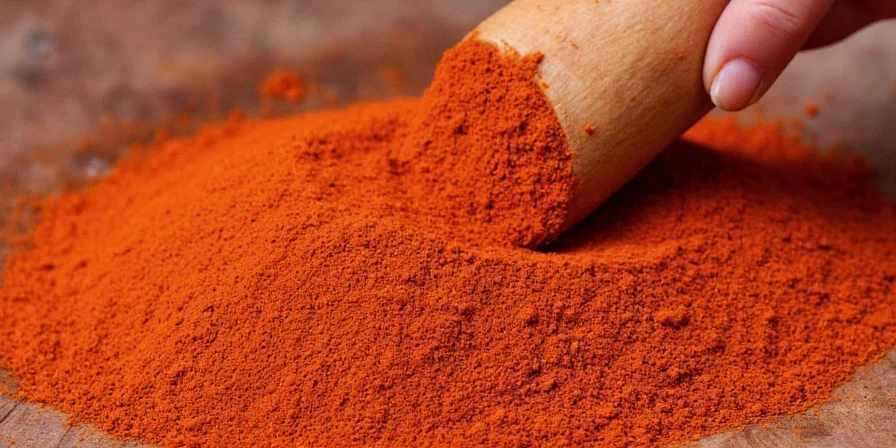
Cumin might not scream “Mexico” at first glance, but it’s been quietly building flavor foundations for generations. Used in everything from taco meat to chorizo, cumin adds an earthy warmth that plays well with other spices.
But here's the twist: many modern recipes call for pre-ground cumin — which can lose potency quickly. For maximum impact, toast whole cumin seeds before grinding them fresh.
Fun Fact:
- Cumin was introduced to Mexico during colonial times by Spanish settlers.
- It became essential in regional cooking, especially in northern states like Sinaloa and Chihuahua.
The Smoky Magic of Chipotle & Guajillo Peppers
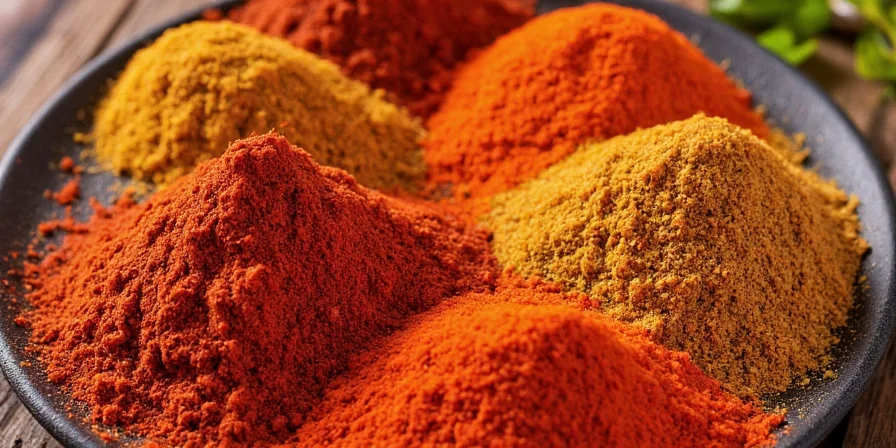
If there’s one thing Mexico does better than anyone else, it’s drying and smoking peppers. Enter: chipotle (smoked jalapeño) and guajillo (dried mirasol), two of the most popular mexican spices in powdered form or whole use.
- Chipotle: Brings smoky heat and is commonly used in adobo sauces and marinades.
- Guajillo: Fruity, tangy, slightly sweet. Perfect for salsas, moles, and soups.
Cinnamon: The Sweet Surprise in Your Taco?
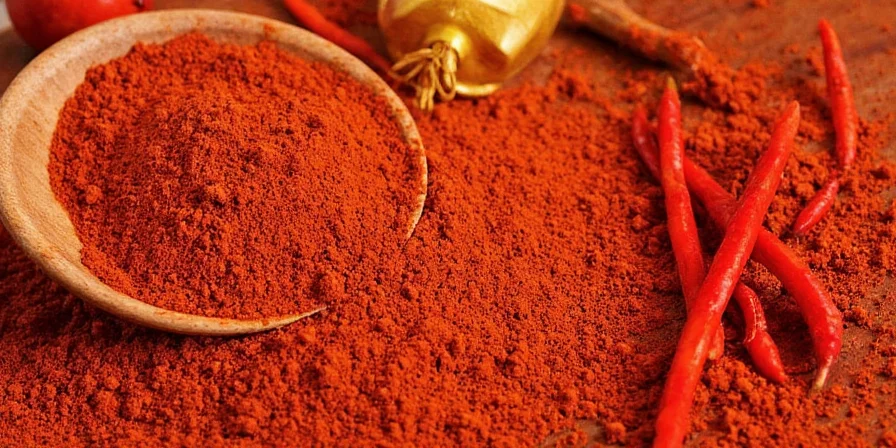
Wait... cinnamon? In savory food? Yep, in many regions of Mexico, especially in Oaxaca and Puebla, cinnamon isn’t just for desserts. It’s a secret weapon in complex spice blends and stews.
In mole sauces, cinnamon dances with cloves and almonds to create that mysterious depth. And if you've ever had chocolate caliente in Mexico, you know real Mexican chocolate has cinnamon in it — no vanilla required!
How Ancho Chiles Add Depth to Any Dish
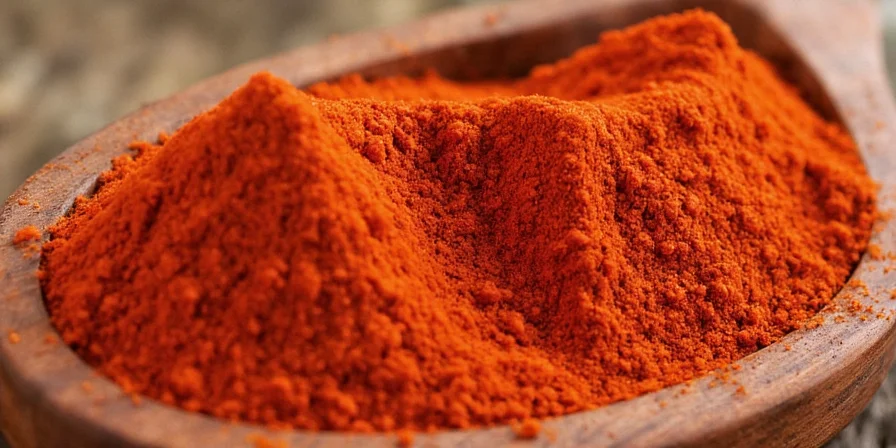
Ancho chiles are the dried version of the poblano pepper. They’re mild in heat but high in flavor — think raisins, coffee, and dark berries.
Used in everything from enchiladas to tamales, anchos bring body and richness to sauces and salsas. Soak them in hot water until soft, then blend with tomatoes, garlic, and spices for a quick yet impressive sauce base.
Mole: The Symphony of Spices You Need to Try
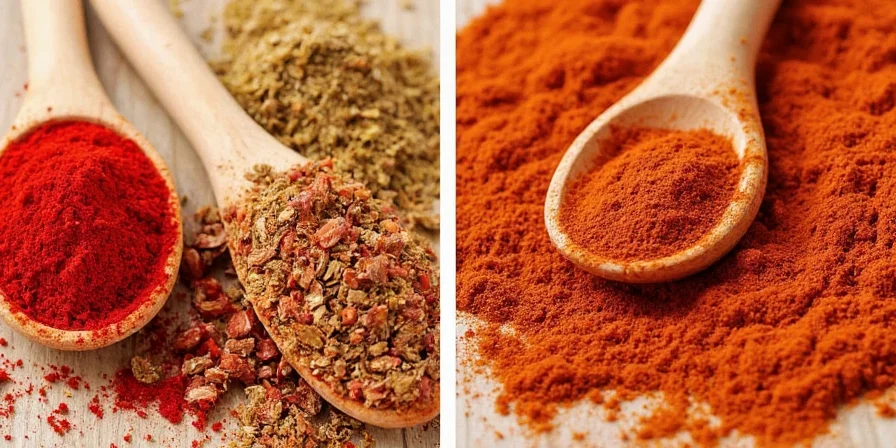
No discussion of Global Spice Traditions would be complete without mentioning mole. This legendary sauce combines dozens of ingredients — including multiple spices, nuts, seeds, and chocolate — into one harmonious masterpiece.
While every family has their own version, classic mole poblano includes:
- Dried chiles (ancho, pasilla, mulato)
- Garlic and onions
- Cinnamon and sesame seeds
- Almonds and raisins
- Bitter chocolate
Pro Tips for Using Mexican Spices Like a Pro

Ready to upgrade your kitchen game? Here are some practical, tested tricks:
- Toasting spices first boosts flavor. Use a dry skillet over medium heat and stir constantly.
- Don’t skip the fat. Many spices are fat-soluble — cook them in oil or lard to unlock full flavor.
- Store spices away from heat and light. Airtight containers work best.
- Blend your own chili powders. Mix dried chiles, garlic, cumin, oregano — customize your perfect blend.
- Label your homemade spice mixes. Trust us, you won’t remember what’s what after three months.
Spice Comparison Table: From Mild to Wild
| Spice | Heat Level (Scoville) | Main Flavor Notes | Best Used In |
|---|---|---|---|
| Ancho Chile | 1,000–2,000 | Earthy, sweet, fruity | Moles, sauces, stews |
| Guajillo Chile | 2,500–5,000 | Tangy, berry-like | Salsas, marinades, soups |
| Chipotle Powder | 5,000–10,000 | Smoky, bold | Meat rubs, beans, grilled veggies |
| Cumin | — | Earthy, nutty | Beef, chorizo, tacos |
| Pasilla Chile | 2,500–4,000 | Figs, prunes, green bell pepper | Moles, sauces |
Final Thoughts
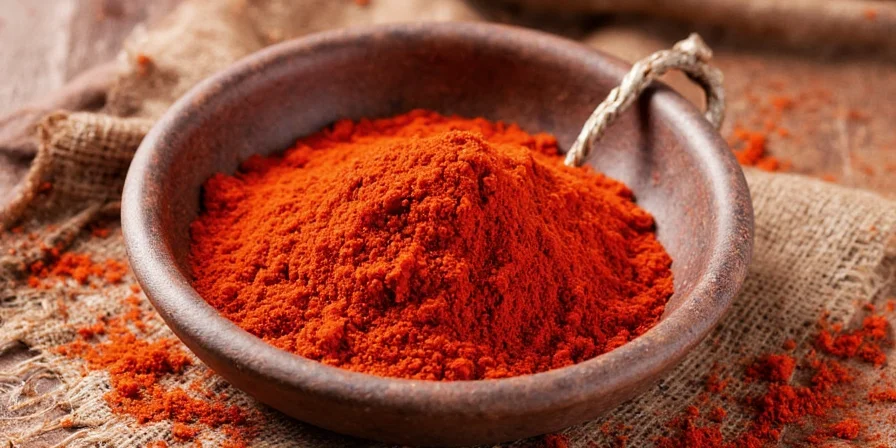
Mexican spice traditions aren’t just about heat — they’re about harmony, heritage, and heart. Whether you’re simmering up a pot of pozole or crafting your own homemade adobo, the spices you choose shape the soul of the dish.
So next time you reach for that jar of chili powder or cinnamon stick, remember: you’re tapping into centuries of flavor wisdom. Now go out there and season like a true spice whisperer!

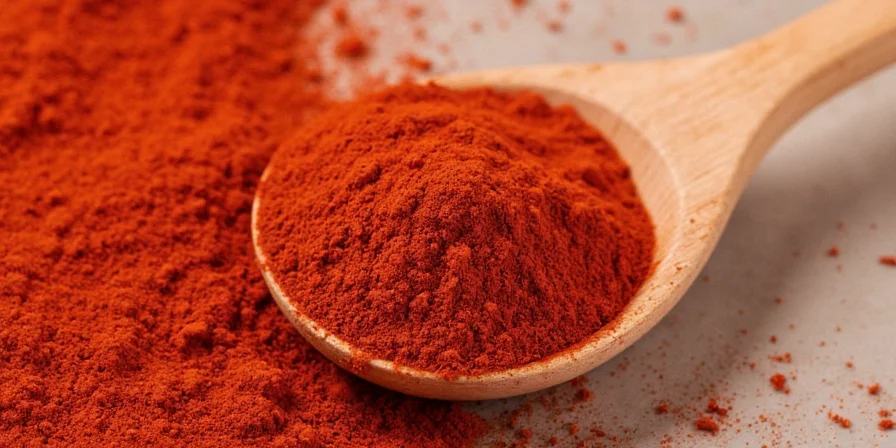









 浙公网安备
33010002000092号
浙公网安备
33010002000092号 浙B2-20120091-4
浙B2-20120091-4